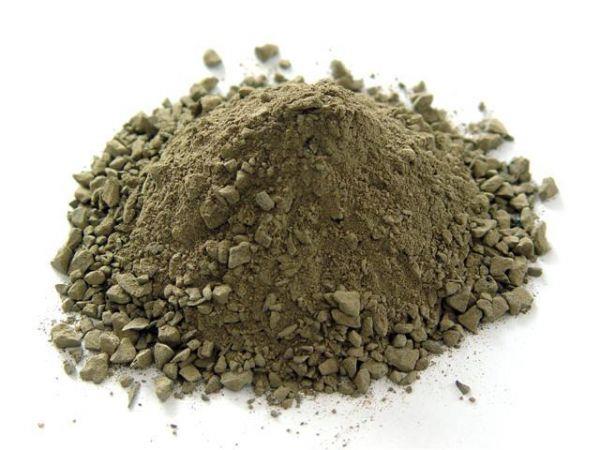What are the precautions for knotting of wear-resistant ramming materials?
The knotting process of wear-resistant ramming material is a very important process, so what is needed in this process?
1. The basic is of course the standardized operation process, but in addition, there are many precautions in the knotting process of the wear-resistant ramming material. For example, ensure the power supply and water supply before knotting The improvement of the system should also be prepared in advance by the staff on each project. Of course, it also includes that the staff are not allowed to carry combustibles on the work site, of course, including mobile phones, keys and other items.
2. Sand adding in the process of wear-resistant ramming material is a relatively strict process. For example, sand must be added at one time, and should not be added in batches. Of course, when adding sand, make sure that the sand is spread on the bottom of the furnace. Do not pile up in a pile, otherwise it will cause the particle size of the sand to separate.
3. When tying the knot, we have to operate according to the method of shaking first and then vibrating. And pay attention to the method to ensure that the operation process should be light and then heavy. And the joystick should be inserted to the bottom at one time, and each time it is inserted Shake 8 to 10 times when the rod is in use.
4. After the bottom of the furnace is finished, make sure that it can be put into the dry pot stably. In this way, the forming can be standardized, and it will generally be a standardized annular 3-corner ring. Of course, during the whole knotting process, the demand There are many processes to pay attention to, and each process cannot be ignored.
The above points are the points to pay attention to in the knotting process of wear-resistant ramming materials Large and medium-sized circulating fluidized bed boilers, the main materials are: high-strength wear-resistant refractory castables, wear-resistant corundum plastics, self-flow wear-resistant corundum castables, medium-heavy and slightly expanded plastics, lightweight thermal insulation concrete, high performance High-alumina castables, high-temperature binders, high-temperature cement and plastering materials, various ramming materials, high-strength wear-resistant corundum bricks, ladle breathable bricks, silicon carbide bricks, intermediate frequency furnace linings, special-shaped wear-resistant refractory bricks, thermal insulation bricks, etc. 20 There are more than 160 kinds of unshaped products and shaped products in a series. We sincerely welcome your inquiries.

Related News
- Introduction of construction method of ramming material in intermediate frequency furnace
- How to choose the material of furnace lining
- The difference between rammer and castable
- Application direction of intermediate frequency furnace refining
- Introduction to the construction method of dry ramming material
- Do you know the production process and control points of breathable bricks?
- The application of argon blowing technology at the bottom of the intermediate frequency furnace
- Method for prolonging service life of intermediate frequency furnace lining
- In addition to diffused breathable bricks, there are those types of breathable bricks
- What are the advantages of coil cement
- What are the main advantages of using dry ramming material?
- How to maintain the intermediate frequency furnace charge
- What kind of material is suitable for making breathable bricks
- What kind of coil glue is good
- The difference between dry vibrating material and ramming material
- What kind of coil glue is good
- Analysis of the use characteristics of diffused ventilation bricks
- What are the specific functions of the use of carbon ramming materials?
- Will the furnace lining affect the furnace temperature of the copper alloy?
- How to use intermediate frequency furnace ramming material in stainless steel furnace


